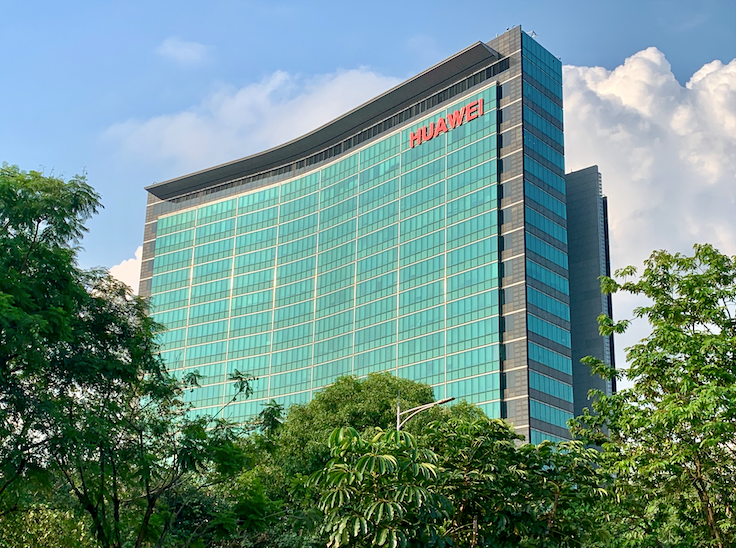The telecommunications sector plays a crucial role in the collection and transmission of information, making it a vital component of national security and geopolitics. With only a few companies capable of providing next-generation network infrastructure, the sector has become increasingly important in the global arena. As tensions between the United States and China continue to rise, telecommunications has become an area of international competition that has started to filter down into Southeast Asia. The region’s governments have adopted different approaches and levels of engagement concerning Chinese involvement in their national telecom sectors, with varying degrees of risk perception.
Pacific Money | Economy | Southeast Asia
Southeast Asian countries have varying levels of engagement with Chinese firms, and the risks they perceive in doing so differ widely. Countries in the region have adopted different approaches to Chinese involvement in their national telecom sectors, reflecting their economic, national, and strategic interests. Some countries are wary of Chinese involvement in their telecom networks, while others are more open to Chinese equipment due to its cost competitiveness and upskilling opportunities.
Economy
The telecom sector in Southeast Asia is a mix of state-owned, private, and partially state-owned companies that are more responsive to market dynamics. The sector has shown considerable openness toward Chinese firms, particularly Huawei, whose equipment is typically cost competitive and comes with upskilling for local workers. However, Chinese entities do not hold significant ownership stakes in any of the largest telecom operators in the region, nor do they have significant financial claims that could be used as geopolitical leverage.
Southeast Asia
In 2020, Singapore’s leading mobile operators decided against using Huawei to develop national 5G networks, with contracts going instead to Ericsson and Nokia. It is unclear whether this decision was influenced by geopolitics or was a commercial decision, as Singtel has a long business relationship with the European firms. In Vietnam, where all three major telecom operators are state-owned, decisions seem to be more informed by national security concerns, as there is strong reluctance to use Huawei equipment or allow a significant role for China in national telecom infrastructure.
In Indonesia and the Philippines, the telecom sector is dominated by private companies, and Chinese entities do not appear as significant owners. However, Chinese suppliers such as Huawei have a large footprint in the sector, with a substantial amount of network hardware like routers, switches, and data processing equipment imported from China. Globe Telecom, for instance, sources approximately 80 percent of its equipment from Huawei. Rising geopolitical tensions have compelled the company to look for alternative suppliers.
Telecom Sector
The Thai telecom sector has undergone some restructuring in recent years, with leading mobile operators DTAC and True consolidating in anticipation of the move to 5G. This left two major players in the space, True Corp and AIS. AIS is majority-owned by Singtel and Thai conglomerate InTouch holdings, while True’s ownership structure includes Thailand’s CP Group, as well as a 10 percent stake held by China Mobile, a majority state-owned company that is one of the largest telecom companies in China. This makes Thailand one of the only major ASEAN markets where a Chinese entity holds a direct ownership stake in a leading mobile operator.
Geopolitics
The varying levels of Chinese involvement in Southeast Asia’s telecom sector have no consensus on what they mean in terms of national security or geopolitics. Often, it is as much a commercial decision as anything else, with Chinese firms coming in with competitive bids. This underscores that states in Southeast Asia often have very different economic, national, and strategic interests that shape their perception of China and their willingness to engage. If the United States wants to alter these perceptions and expand its own strategic footprint in the region, it needs to think very seriously about whether and how it can offer attractive alternatives, especially in terms of economic engagement.


